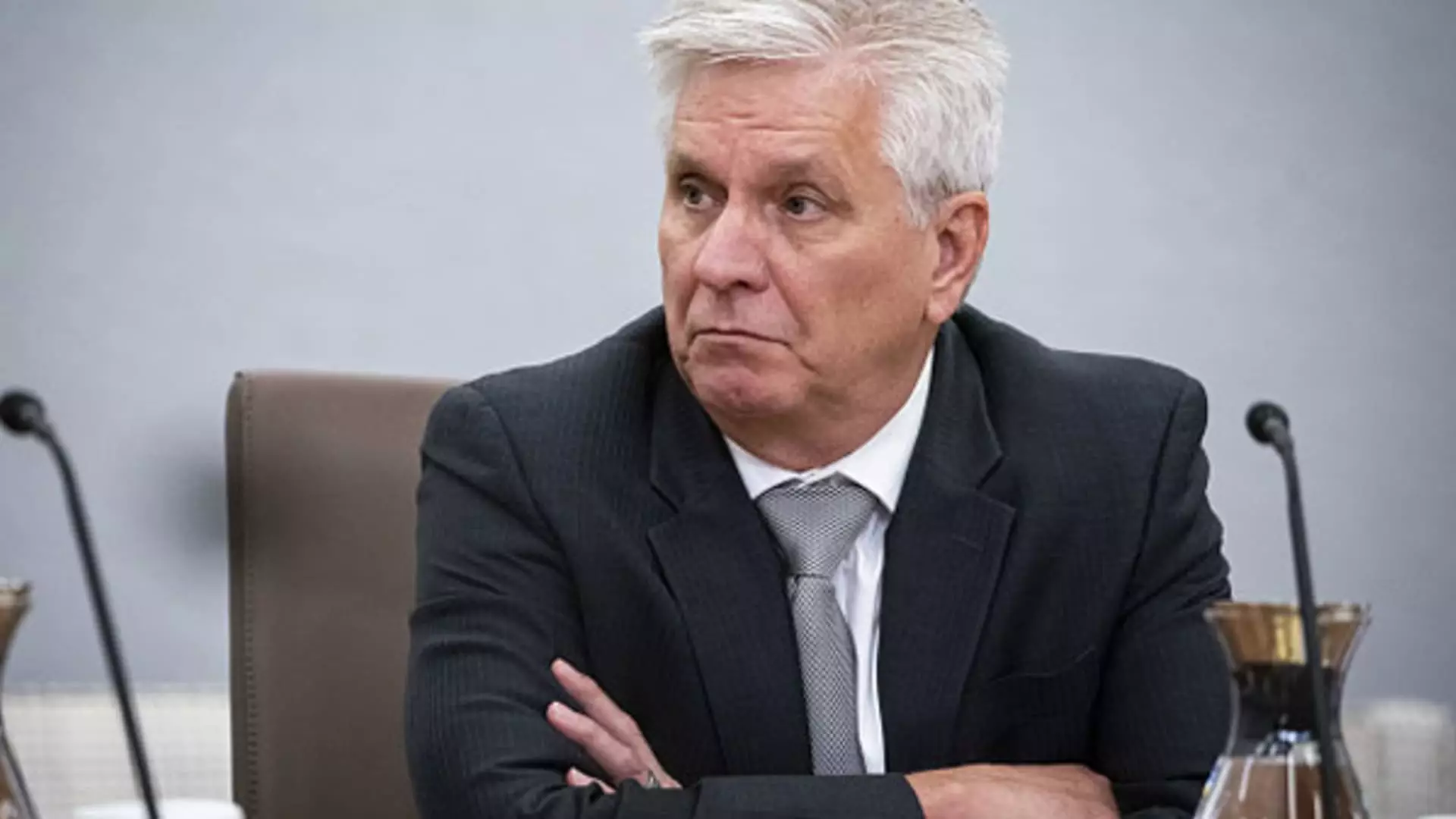In a recent address at a conference held at Stanford University, Christopher Waller, a Governor of the Federal Reserve, highlighted a more tempered outlook concerning potential interest rate cuts in the near future. His remarks come in light of substantial economic indicators, which suggest that the U.S. economy may not be cooling off as rapidly as policymakers would prefer. Waller emphasized the necessity of a careful approach to monetary policy, reminding us that market conditions dictate a nuanced evaluation rather than a hasty reaction.
Historically, the Federal Reserve has taken drastic measures, such as cutting interest rates by a substantial 50 basis points, only during times of economic crisis. The September meeting of the Federal Open Market Committee (FOMC) was a notable deviation from standard procedure, where the committee opted for a more aggressive cut to a target range of 4.75%-5.0%. Such moves indicate a recognition of underlying economic pressures but also raise questions about the long-term implications for economic stability and inflation control.
Waller’s caution is particularly relevant given mixed signals from various economic indicators. On one hand, the labor market has displayed unexpected resilience, with September figures revealing stronger-than-anticipated employment levels. On the other hand, indicators such as the Consumer Price Index (CPI) have shown inflation levels running higher than predicted. Furthermore, data revealing an upward revision in Gross Domestic Income (GDI) growth toward 3.4% underscores the strength of the economic landscape, suggesting that the situation may be more complex than previously assessed.
Despite the Fed’s earlier indication of further cuts in the range of half a point in the remaining meetings of 2024, Waller refrained from committing to a strict course of action. Instead, he advocated for a gradual reduction of the policy rate over the next year. This highlights an important shift in strategy; rather than impulsive adjustments, the Fed aims to adopt a balanced approach, blending responsiveness to immediate economic conditions with a broader understanding of long-term trends.
The recent adjustments to key economic figures suggest a robustness that may not align with the fears of an impending downturn. Waller’s assertion that “these revisions suggest that the economy is much stronger than previously thought” encapsulates a crucial message: while vigilance is necessary, there is also space to recognize positive developments in the economy. As the Federal Reserve navigates these complexities, the tension between caution and optimism may define its upcoming monetary policy.
The words of Governor Waller encapsulate the delicate balancing act faced by the Federal Reserve. Future interest rate decisions will not only be informed by a patchwork of economic data but will also require an analytical depth that aligns with the realities of a fluctuating economic landscape. This story is far from over, and each development will tell us more about the Fed’s capacity to steer the economy towards sustainable growth while mitigating inflationary pressures.

Leave a Reply